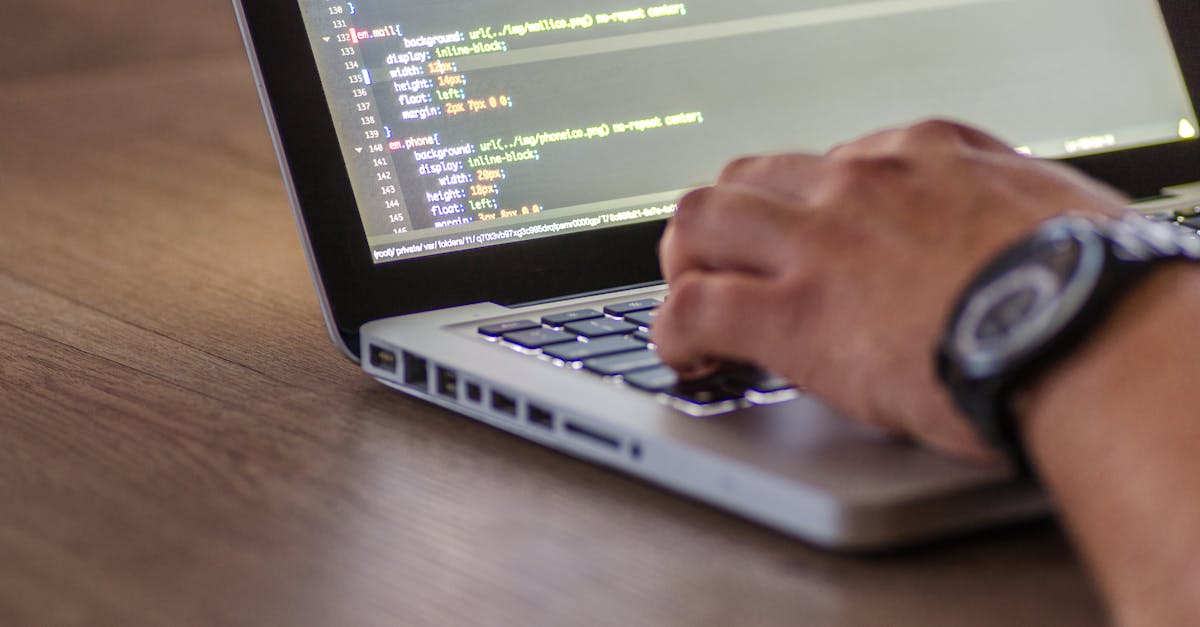
iot devices
Table Of Contents
The rise of smart technology has revolutionized the way we interact with our living spaces, and at the forefront of this transformation are iot devices. These innovative tools enable users to streamline everyday tasks, bring convenience to daily routines, and enhance overall home security. One of the most compelling applications of these advancements is through IoT home automation, providing seamless control over various gadgets and appliances in our homes. From smart thermostats to sophisticated lighting systems, the ability to manage everything from a single interface has changed the game for modern living.
As the Internet of Things continues to expand, the integration of iot home automation into our daily lives becomes increasingly prevalent. Homeowners now have the opportunity to optimize their environments in ways that were once considered the stuff of science fiction. With the click of a button or a simple voice command, devices can communicate with each other, creating a cohesive and efficient ecosystem. This shift not only enhances our comfort but also offers promising energy savings, security improvements, and even a more sustainable lifestyle through intelligent resource management.
Security Issues with IoT Gadgets
Such advancements in IoT devices have introduced a new set of security concerns for users. Connected devices can be vulnerable to unauthorized access, exposing personal information at risk. Many IoT gadgets often collect sensitive data which, if not properly secured, can lead to leaks of privacy. Moreover, the lack of standardized security protocols across different devices can create gaps that hackers can exploit.
Individuals may not be fully aware of the likely vulnerabilities that come with using IoT devices. This lack of awareness can lead to negligence in managing their security. Consistent updates and patches are essential for maintaining the integrity of these devices, yet many users fail to implement them. Insufficient user education on the best practices for securing IoT devices can further exacerbate these issues. Addressing these security challenges is crucial for ensuring a safer experience in the evolving landscape of connected technology.
Ensuring Security when Using Internet of Things Technologies
In the modern smart gadgets, maintaining safety has become a concern for users. Internet of Things devices often collect large amounts of personal information, which can potentially exposing sensitive data. Consequently, it is vital for users to take steps to protect their information.
A fundamental way to enhance safety is by enabling the inherent security features of Internet of Things gadgets. Periodically upgrading firmware can aid in fixing any potential vulnerabilities. In addition, users should be mindful of the access rights granted to applications associated with these gadgets. Through these practices, individuals can greatly limit their threat of privacy breaches.
How to Implement Internet of Things Technologies for the Home
Integrating Internet of Things devices for your home may enhance convenience and productivity. Start by choosing smart gadgets that fit your lifestyle. As an illustration to start is by installing connected lights that can be adjusted via an app. Such a move not only adds mood to your space but also saves energy.
Additionally, exploring the integration of automated thermostats can greatly enhance your home experience. These devices allow you to control your home's temperature seamlessly and can learn to your preferences over time. Integrating Internet of Things gadgets like smart security cameras can also improve the security of your environment. Through taking these steps, you can establish a much more connected living space.
Easy Methods to Get Started with Internet of Things Devices
Beginning started with Internet of Things technologies might seem daunting at first. Yet, following some simple methods could simplify the process. First, choose an Internet of Things platform that suits your needs. Such a platform might include cloud-based solutions or software that enable the integration of various devices.
Next, ensure that your gadgets are capable of working together with the platform you have selected. Integrating your Internet of Things technologies demands setting up the necessary applications and modifying their operating systems if needed. Once everything is set up, you can start exploring the various capabilities and features that Internet of Things technologies offer, creating a better connected space.
Discovering Possibilities of IoT Devices in Health
Discovering integration of IoT devices in health has immense potential to enhance patient care. These advanced devices allow real-time observation of patients' vital signs, yielding more effective diagnoses. Smart gadgets accrue critical data, enabling healthcare providers to analyze trends and make more informed treatment plans.
Additionally, the application of IoT devices in health improves operational efficiency within medical facilities. Interconnected instruments can automate routine tasks, allowing healthcare professionals to focus on patient interaction. These methods also supports better communication between patients and providers, fostering a more supportive healthcare environment that ultimately leads to improved patient outcomes.
Ways IoT Devices are Revolutionizing the Health Industry
The IoT gadgets have become crucial tools in the healthcare sector. These devices allow immediate monitoring of patients, which provides improved health outcomes. Using connected gadgets, doctors can observe vital signs and wellness indicators remotely, ensuring that timely interventions can be made when necessary. This approach not only enhances the efficiency of healthcare practices but additionally empowers patients to take charge of their own health.
In addition, IoT gadgets streamline hospital operations and logistics. With the use of connected systems, healthcare providers can effectively manage resources and data management. This technology reduces the chances of errors and promotes that medical teams can focus more on patient care rather than administrative tasks. In summary, the integration of IoT gadgets in the healthcare industry is paving the way for a more responsive ecosystem that benefits both clients and providers.